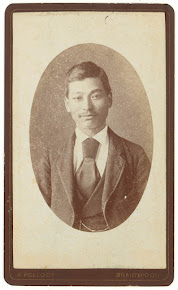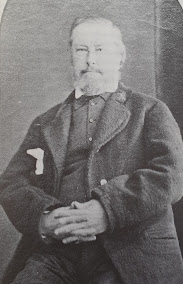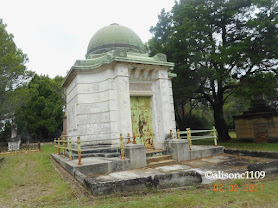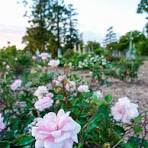An Immigrant who made good

Last Friday was Australia Day and we are a nation of immigrants, (with the exception of First Nations people the custodians of the island), in a country we call "home". Many immigrants have progressed from rags to riches and there are many to choose from. Today's blog relates to a man who came to this country and attempted to assimilate and smooth over many of the troubles with his heritage and living in Australia at the time. MEI QUONG TART Mei or Quong as he was widely known was born in in a village of the Guangdong province of China in 1850. At the age of 9 he was sent to Australia to accompany his uncle who was bringing a team of Chinese workers to work in the goldfields in the area of Braidwood and Araluen NSW. In Braidwood he lived with Thomas Forsyth, a Scot, who ran a store at Bell's Creek. Later he was taken in by the wealthy family of Robert Simpson and his wife, Alice, nee Want, who were charmed by the lad's Scottish accent! Under their tutelage he le...


